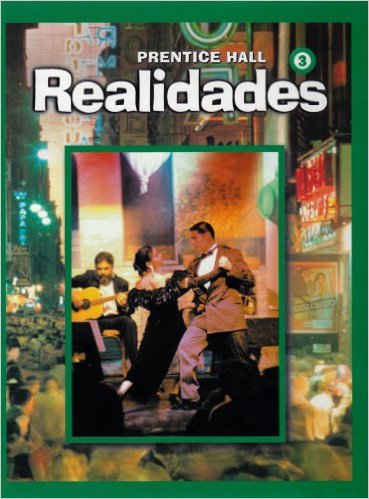
All Solutions
Page 135: Actividad 34
The subjunctive is also used with words like “ojalá”, “quizá”, after “que”, indicating a wish for something to happen or uncertainty that it is going to happen. Some other uses of the subjunctive are with emotions and feelings, wishes, doubt, hypothesis, etc.
We have “yoga” mentioned in the sentence, therefore we know we will use the verb “hacer” (do yoga/ hacer yoga).
The subject is Manuel. We will use the third person singular subjunctive form of the verb “hacer” (haga).
The subjunctive is also used with words like “ojalá”, “quizá”, after “que”, indicating a wish for something to happen or uncertainty that it is going to happen. Some other uses of the subjunctive are with emotions and feelings, wishes, doubt, hypothesis, etc.
We have “confianza” mentioned in the sentence, therefore we know we will use the verb “tener” (have confidence/ tener confianza).
The subject is they (“les”). We will use the third person plural subjunctive form of the verb “tener” (tengan).
The subjunctive is also used with words like “ojalá”, “quizá”, after “que”, indicating a wish for something to happen or uncertainty that it is going to happen. Some other uses of the subjunctive are with emotions and feelings, wishes, doubt, hypothesis, etc.
We have “caminatas” mentioned in the sentence, therefore we know we will use the verb “dar” (take walks/dar caminatas).
The subject is they. We will use the third person plural subjunctive form of the verb “dar” (den).
The subjunctive is also used with words like “ojalá”, “quizá”, after “que”, indicating a wish for something to happen or uncertainty that it is going to happen. Some other uses of the subjunctive are with emotions and feelings, wishes, doubt, hypothesis, etc.
We have “de vacaciones” mentioned in the sentence, therefore we know we will use the verb “ir” (go on vacation/ir de vacaciones).
The subject is “ustedes”(You). We will use the third person plural subjunctive form of the verb “ir” (vayan).
The subjunctive is also used with words like “ojalá”, “quizá”, after “que”, indicating a wish for something to happen or uncertainty that it is going to happen. Some other uses of the subjunctive are with emotions and feelings, wishes, doubt, hypothesis, etc.
We have “paciente” mentioned in the sentence, therefore we know we will use the verb “ser” (be patient/ser paciente).
The subject is you (te). We will use the second person singular subjunctive form of the verb “ser” (seas).
The subjunctive is also used with words like “ojalá”, “quizá”, after “que”, indicating a wish for something to happen or uncertainty that it is going to happen. Some other uses of the subjunctive are with emotions and feelings, wishes, doubt, hypothesis, etc.
We have “amigos” mentioned in the sentence, therefore we know we will use the verb “tener” (have friend/ tener amigos).
The subject is each (of them). We will use the third person singular subjunctive form of the verb “tener” (tenga).

